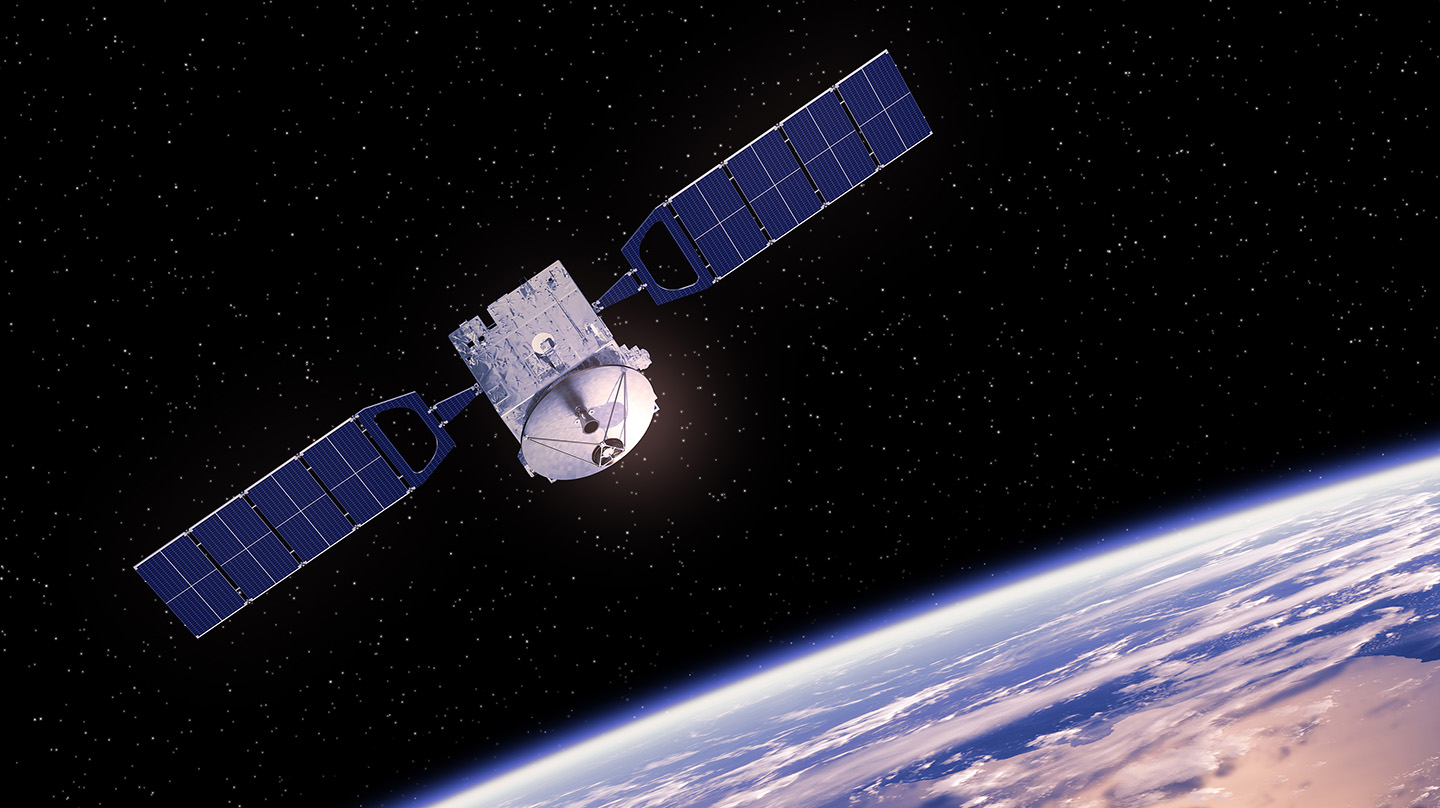News
Johns Hopkins APL Projects Protect National Security Assets From Space Weather
Space weather is a double-edged sword: It’s capable of delivering majestic phenomena like the auroras near Earth’s poles, but it can also have more alarming consequences with significant national security implications.
In 2014, for example, researchers at the Johns Hopkins Applied Physics Laboratory (APL) in Laurel, Maryland, discovered that plasma bubbles connected to space weather partly contributed to communications outages during a major battle in the Afghanistan War, during which three Navy SEALs died.
APL researchers continue to work on applications such as atmospheric models and new sensors and instruments not only to aid in discovering anomalies caused by space weather but also to investigate how to keep critical national security assets safe both in space and on the ground.
“Society has such a dependence on space now,” said Ben Estacio, an APL researcher who supervises a team that investigates how space systems can work within the space environment. “Most people don’t realize how much of their daily lives rely on space.”
The Sun’s Influence
A powerful solar flare or a coronal mass ejection — events where plasma bursts away from the Sun into space and possibly toward Earth — can potentially disrupt power grids, affect railroads or harm astronauts operating in space.
But space weather events can also affect national security in various ways, such as disrupting GPS, radio and satellite communications; affecting radar performance and capabilities; and creating drag on satellites, knocking them off course.
For example, in radio communications, space weather can cause ionospheric scintillation, a phenomenon during which subtle changes in the ionosphere alter how radio waves travel. In some scenarios, radio signals sent at the appropriate frequency typically bounce off the ionosphere. When space weather events occur, those signals can bounce in unexpected directions or escape through the ionosphere.
“If you’re broadcasting on the ground through a disturbed ionosphere, other spacecraft may receive radio signals you’re trying to send securely,” said Bob Schaefer, an APL space physicist.
Space weather events can also lead to a loss of assets and could leave national security capabilities vulnerable. “Strong space weather events can adversely affect one system or a combination of systems,” said Pat Dandenault, a physicist specializing in space weather research at APL. “When that happens, other people can take advantage of critical systems and networks. The ability to forecast these dynamics and the potential impacts of space weather phenomena in near-real time is critical.”
Assessing Space Weather’s Impact
APL experts have developed a myriad of research areas and applications aimed at helping the Laboratory’s sponsors better understand how space weather impacts the nation’s assets.
Initiated in 2020, the NASA Center for Geospace Storms (CGS) is developing a holistic, predictive space weather simulation that will estimate how space weather events impact Earth. In April, CGS made this model available for simulations upon request through NASA’s Community Coordinated Modeling Center (CCMC).
“The availability of these simulations at CCMC marks a significant step forward, empowering the scientific community to work together toward deepening our understanding of how space weather affects the near-Earth environment,” said APL’s Slava Merkin, director of CGS.
Multiple APL efforts aim to measure and model space physics properties to specify and forecast ionospheric behavior, uncovering when disruptions in the upper atmosphere might happen and monitoring changes in atmospheric satellite drag conditions caused by space weather. These include:
- Special Sensor Ultraviolet Spectrographic Imager (SSUSI): A series of APL-built instruments that power more than 20 space-weather-related products in near real-time for the U.S. Space Force to help describe the state of the ionosphere, thermosphere and auroral zone environments
- Next-generation Ionosphere Model for Operations (NIMO): A predictive, assimilative model of the ionosphere that can use data from ground GPS receivers, radio occultation from satellites, ionosondes and SSUSI data
- OVATION Prime: A predictive model of auroral location, boundaries and energy flux used operationally by the Space Force and NOAA’s Space Weather Prediction Center
- High-Latitude Ionosphere Specification: An ensemble of models that have been combined with data assimilation capabilities to generate detailed, near-real-time ionosphere specifications for use in multiple Department of Defense applications, such as radar systems in the high northern latitudes
Having these resources is especially beneficial to national security sponsors as they troubleshoot and mitigate problems that may impact critical assets, Estacio said. “Understanding if something was done to your spacecraft intentionally or was just the result of natural high-energy particles is a crucial distinction to be able to make.”


